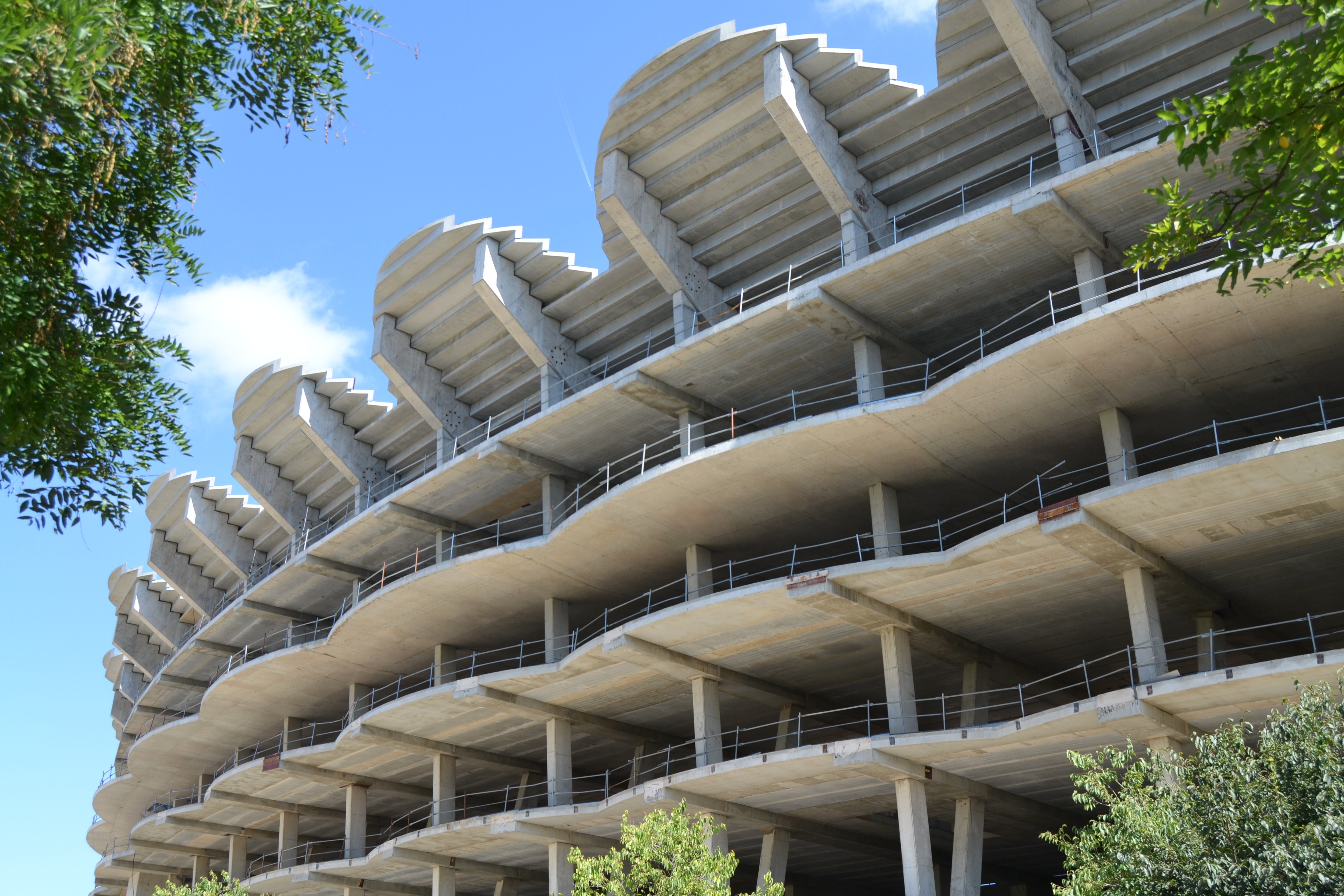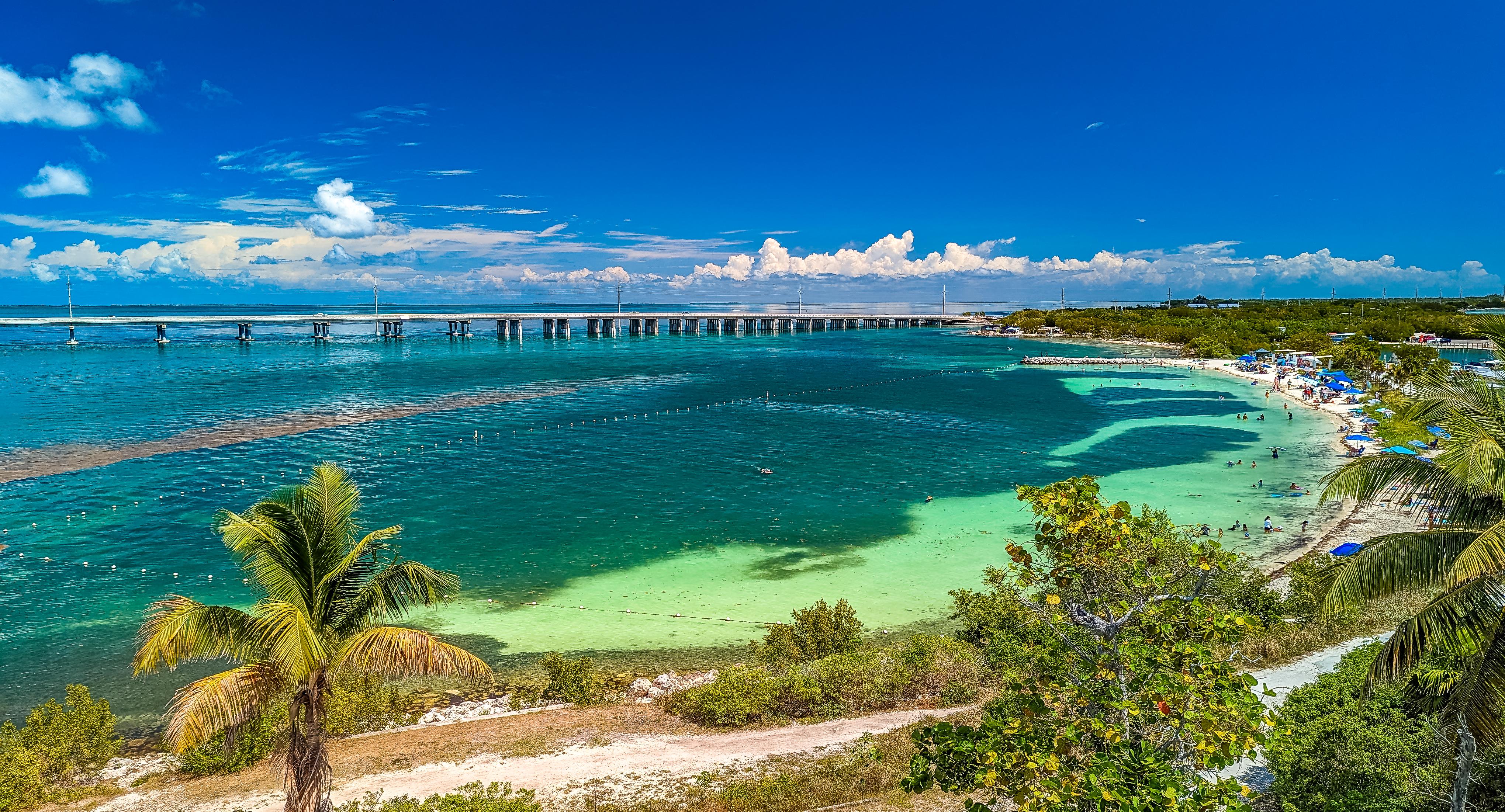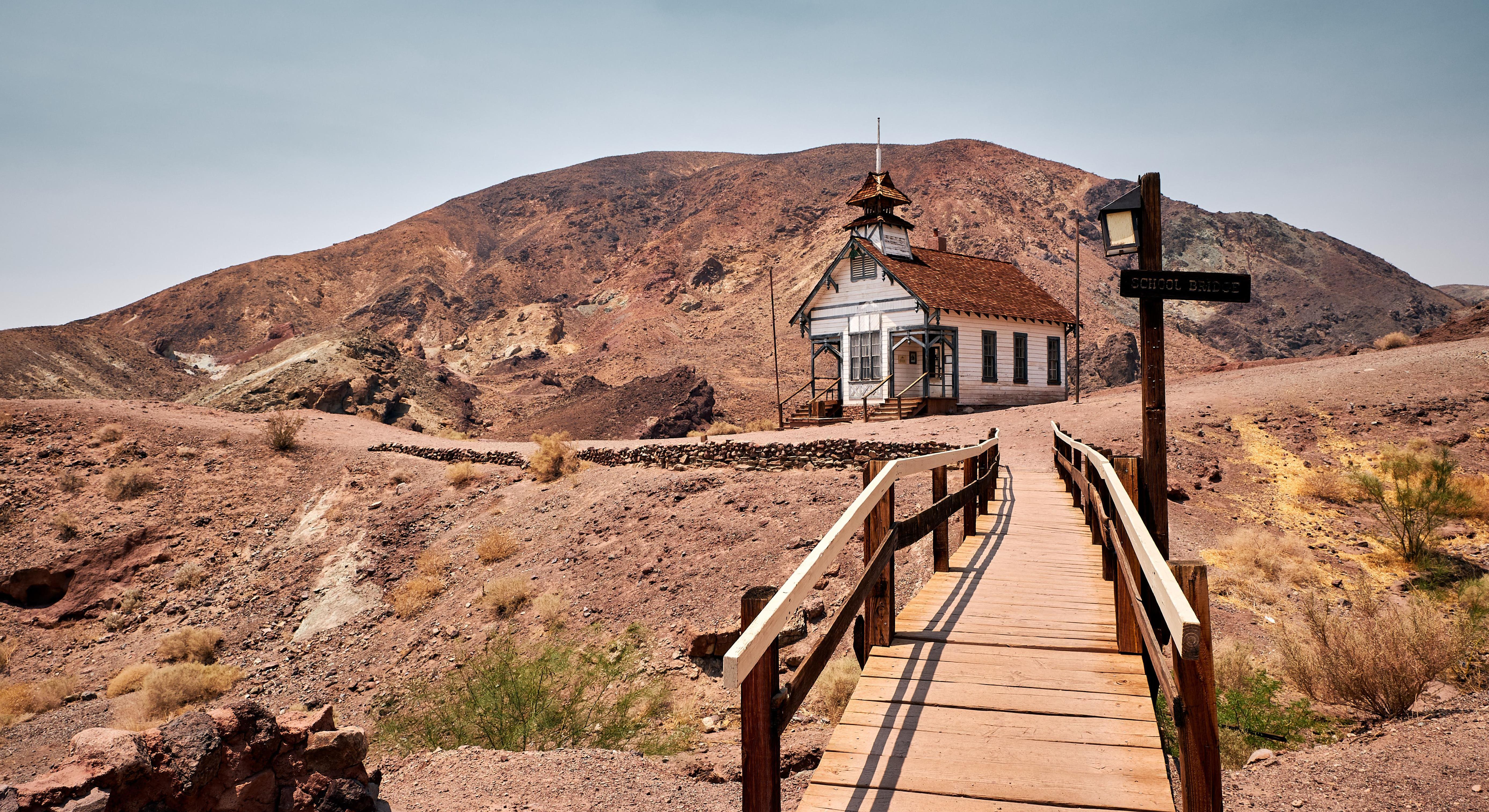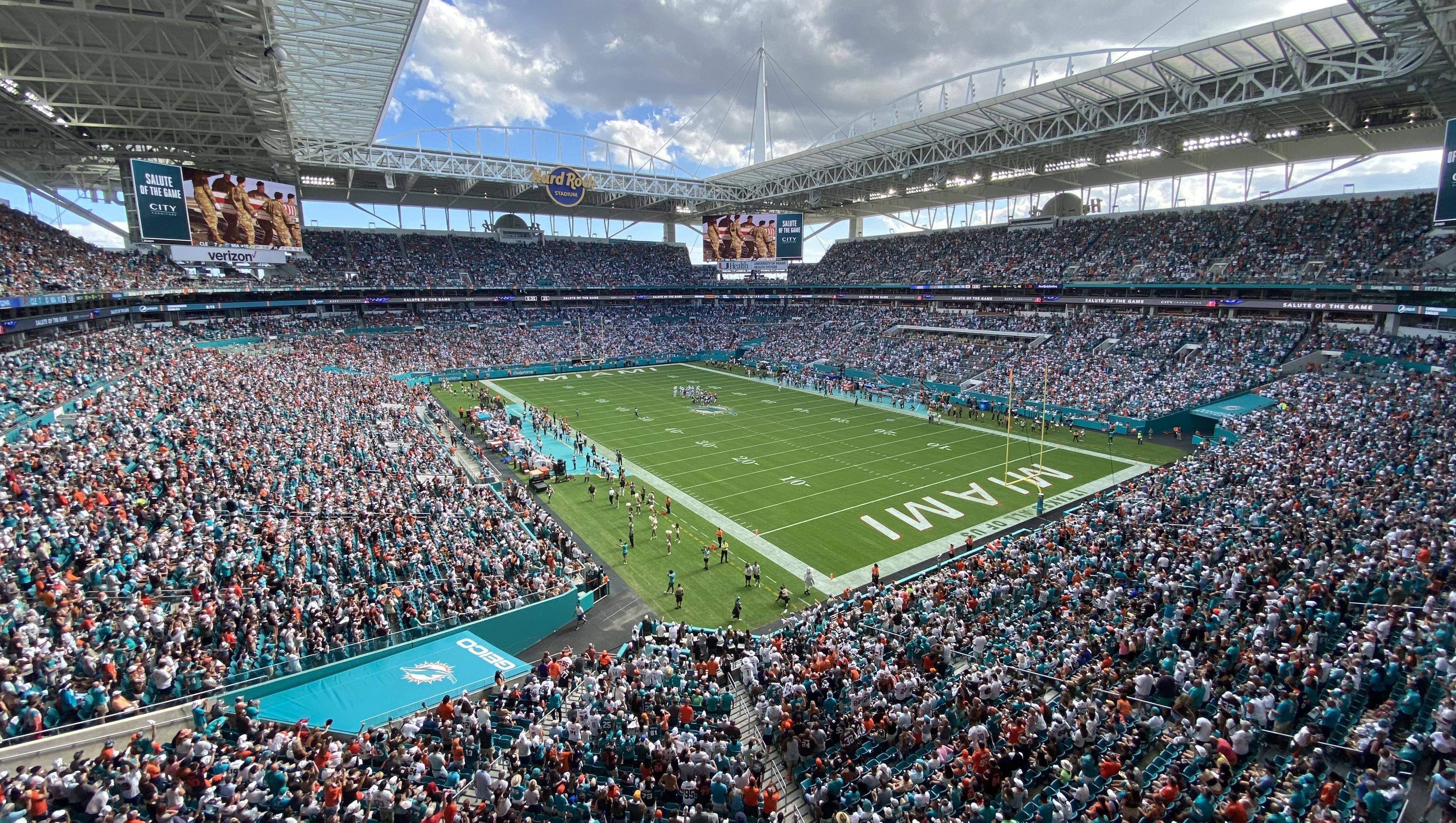22 Stadiums That Were Built for a Future That Never Came
Stadiums are more than just structures of steel and concrete—they are monuments to human ambition, designed to host historic victories, deafening crowds, and unforgettable spectacles. But what happens when those grand dreams never come to life? Across the world, there are stadiums that were built with lofty expectations, only to be left empty, decaying, and forgotten. Some were constructed for major sporting events that never materialized, others were designed ahead of their time, only to be abandoned before reaching their full potential. A few even stand as ghostly relics of economic collapse, political turmoil, or shifting interests—monuments to a future that never arrived. In our expanded list of 22, we uncover even more of these hauntingly beautiful stadiums, each with its own story of unfulfilled promise, spectacular failure, or eerie silence. From once-thriving coliseums now overtaken by nature to futuristic arenas left in ruins, these forgotten venues whisper tales of what could have been—and what still remains.
1. Pontiac Silverdome (USA) – The Collapsed Giant
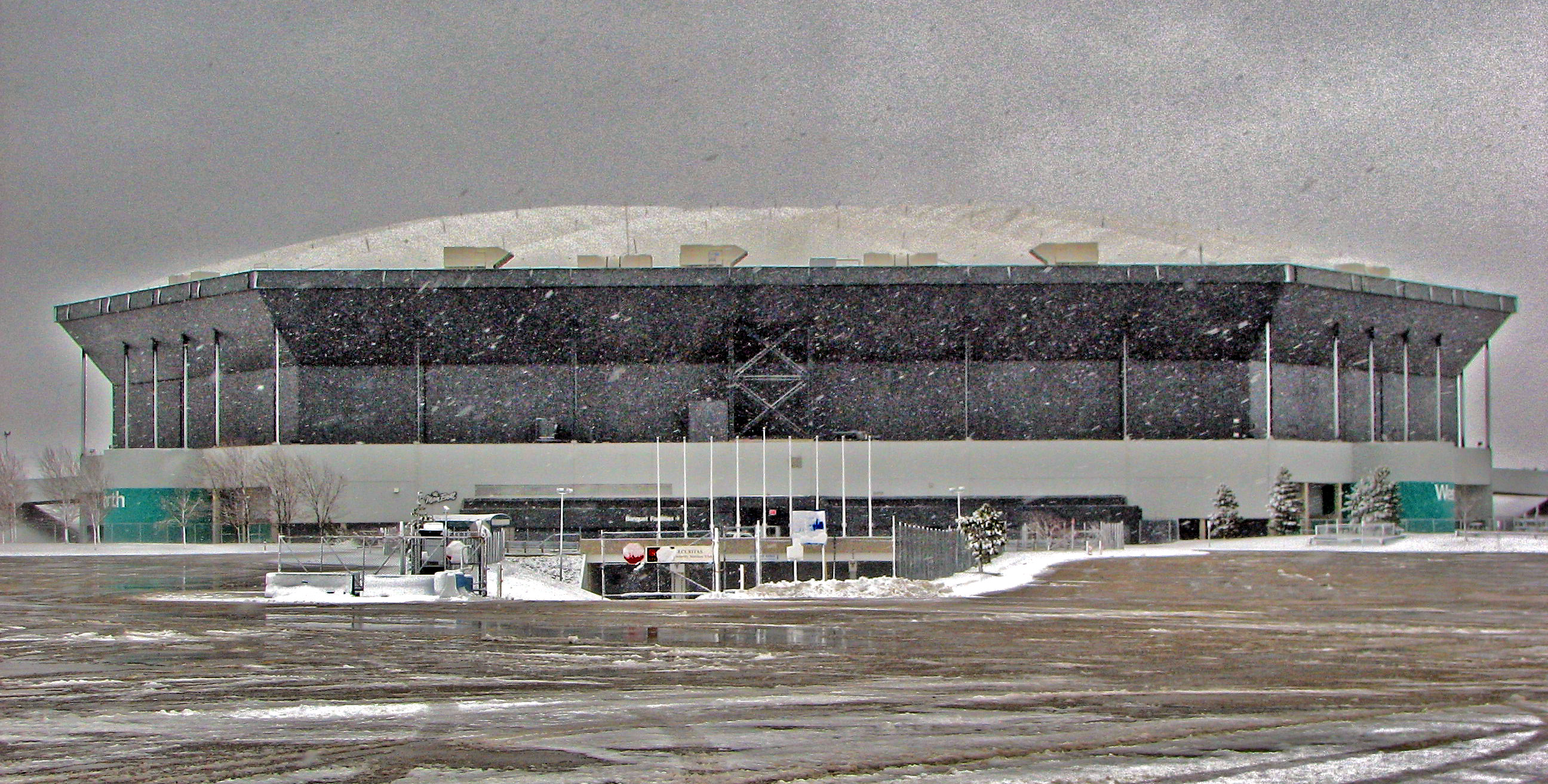
Once the crown jewel of Michigan sports, the Pontiac Silverdome was built to be a futuristic, domed stadium, boasting the world’s largest air-supported roof at the time. It hosted Super Bowls, WrestleMania, and even the 1994 FIFA World Cup, but after the Detroit Lions left in 2002, the stadium fell into slow decay. An attempt to revive it failed miserably—storms ripped holes in the inflatable roof, seats were stolen, and the field was left to rot. The Silverdome was finally demolished in 2017, a sad end to what was once a vision of the future in American sports. Opened: 1975 | Abandoned: 2006 | Demolished: 2017
2. Athens Olympic Stadium (Greece) – The Ghost of the 2004 Olympics
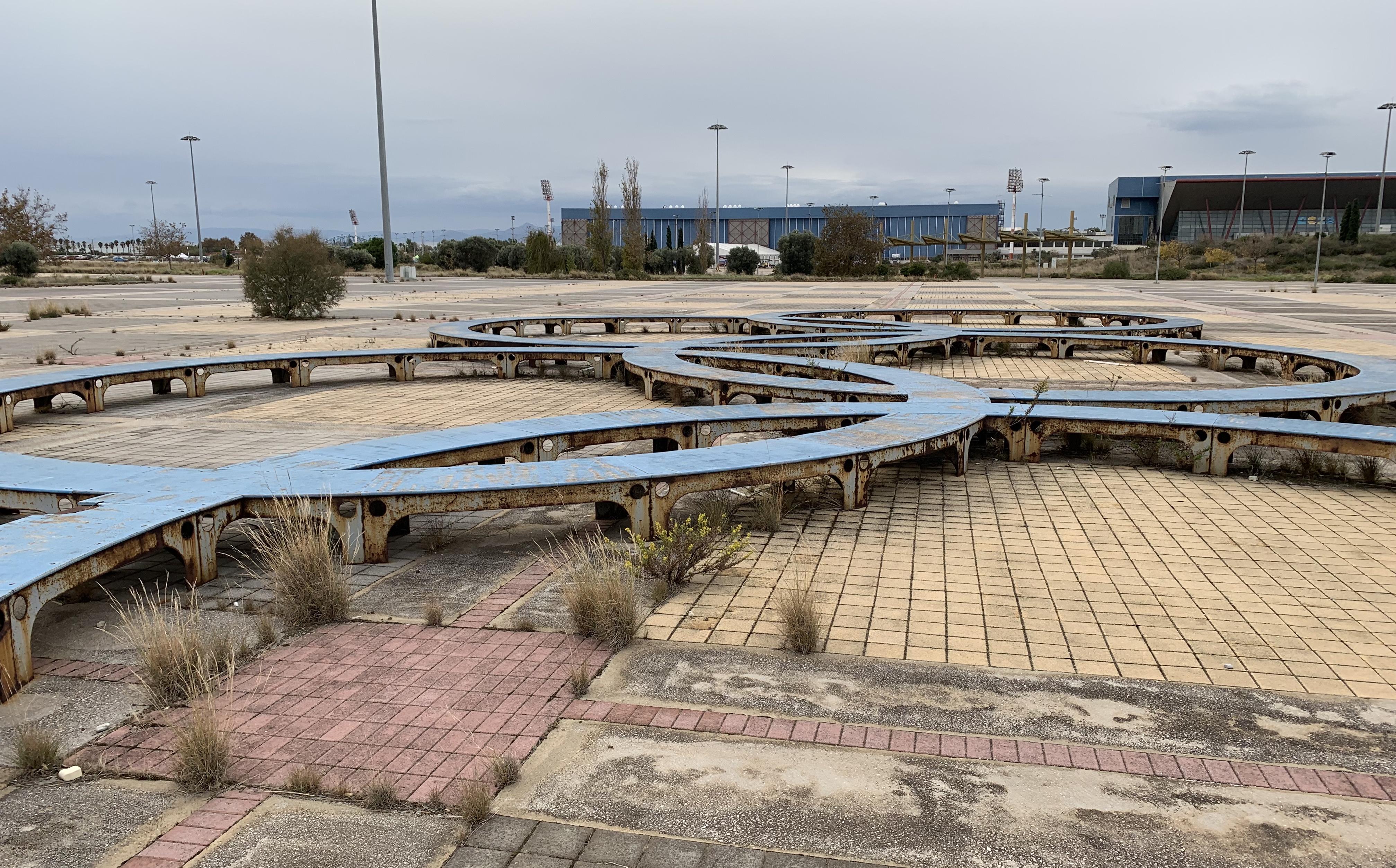
When Athens was awarded the 2004 Olympics, Greece went all out—renovating its Olympic Stadium into a modern masterpiece with a stunning steel-and-glass roof designed by Santiago Calatrava. But after the games, the cost of maintaining the stadium became too much for Greece’s struggling economy, and by 2010, it was falling apart. Weeds grow through the cracks of the track, graffiti covers the walls, and what was meant to be a symbol of Greek revival has become a crumbling ghost of the past. Opened: 1982 | Renovated for the 2004 Olympics | Abandoned: 2010
3. Estadio Nacional (Brazil) – The $900 Million White Elephant
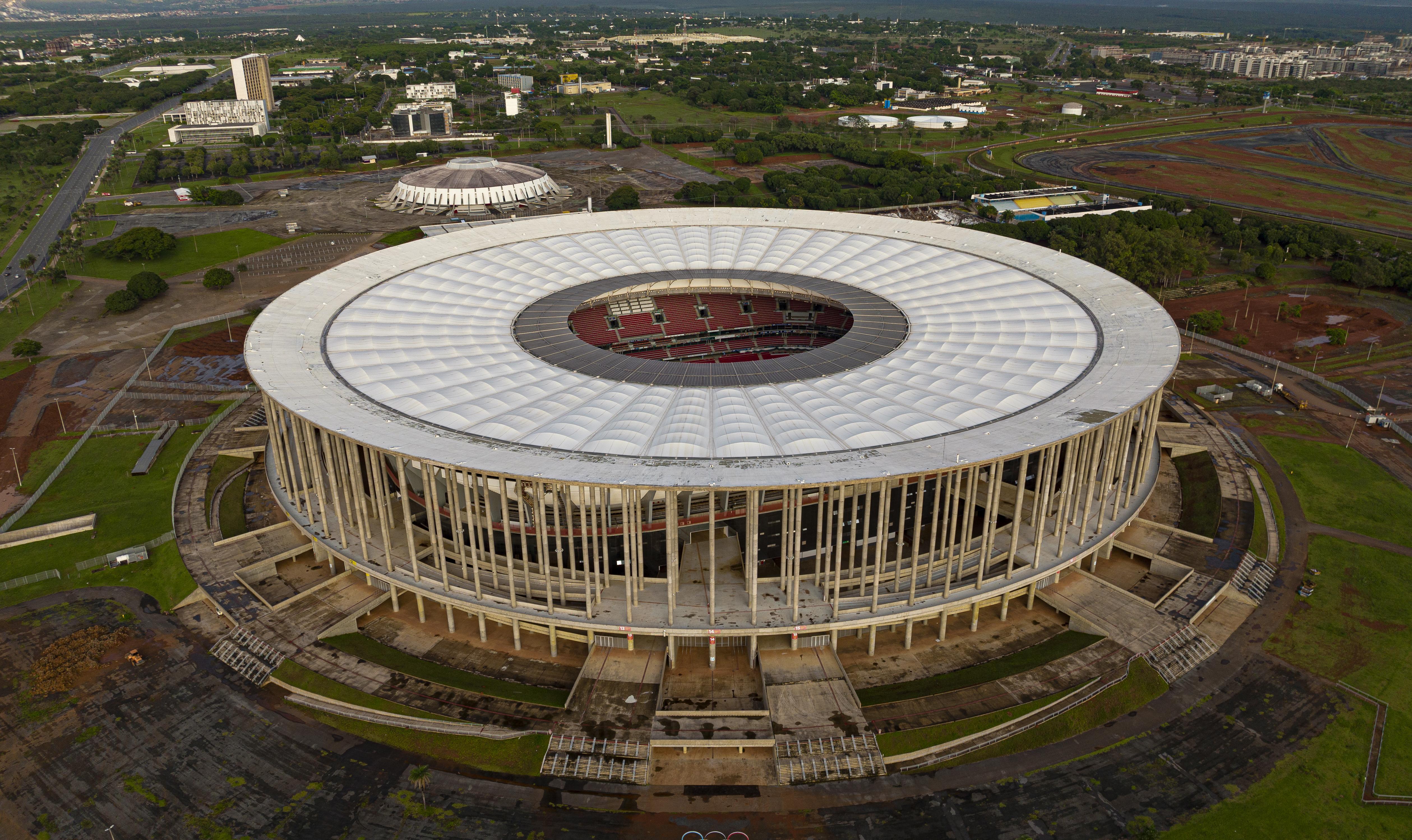
Rebuilt for Brazil’s 2014 World Cup, Estadio Nacional was meant to be a futuristic stadium for a thriving football culture. Instead, it became a symbol of government overspending. With a staggering $900 million price tag, it is one of the most expensive stadiums ever built—but Brazil’s capital doesn’t even have a top-tier football team to use it! After the World Cup, the stadium was mostly abandoned, with its massive structure serving as a parking lot for government vehicles rather than the sports hub it was meant to be. Opened: 1974 | Rebuilt for the 2014 FIFA World Cup | Mostly Abandoned: 2015
4. UFO Stadium (Japan) – The Dome That Never Took Off
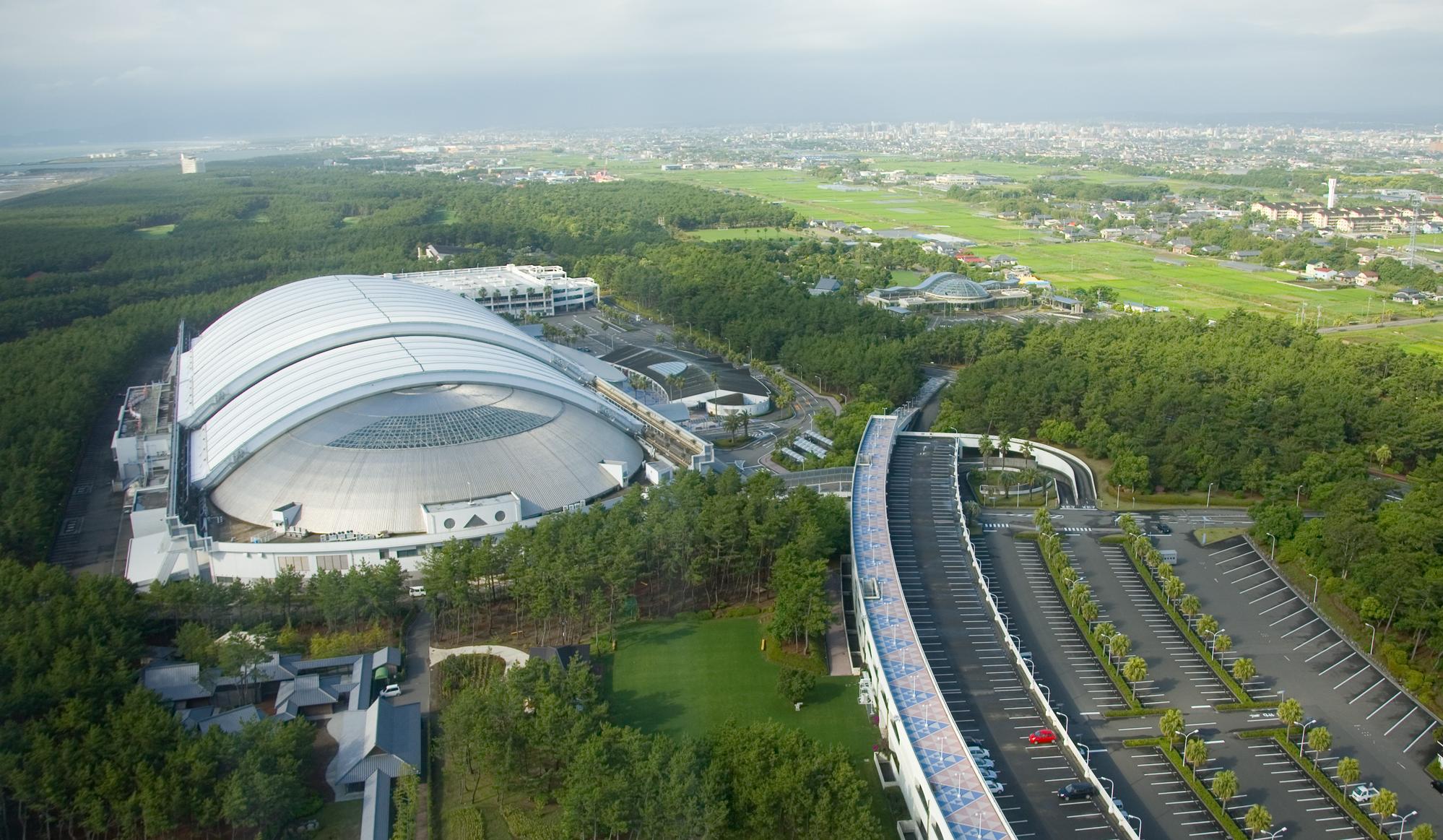
The Miyazaki Ocean Dome, often called "UFO Stadium" due to its futuristic dome shape, was supposed to be Japan’s answer to year-round indoor baseball. Its cutting-edge design featured a retractable roof shaped like a flying saucer, high-tech seating, and an air-conditioning system designed to keep athletes comfortable. But after economic downturns and lack of demand, the stadium barely saw use. Today, it sits mostly empty, a strange relic of a sports future that never arrived. Opened: 2001 | Rarely Used
5. Arena da Amazônia (Brazil) – A Stadium in the Middle of Nowhere
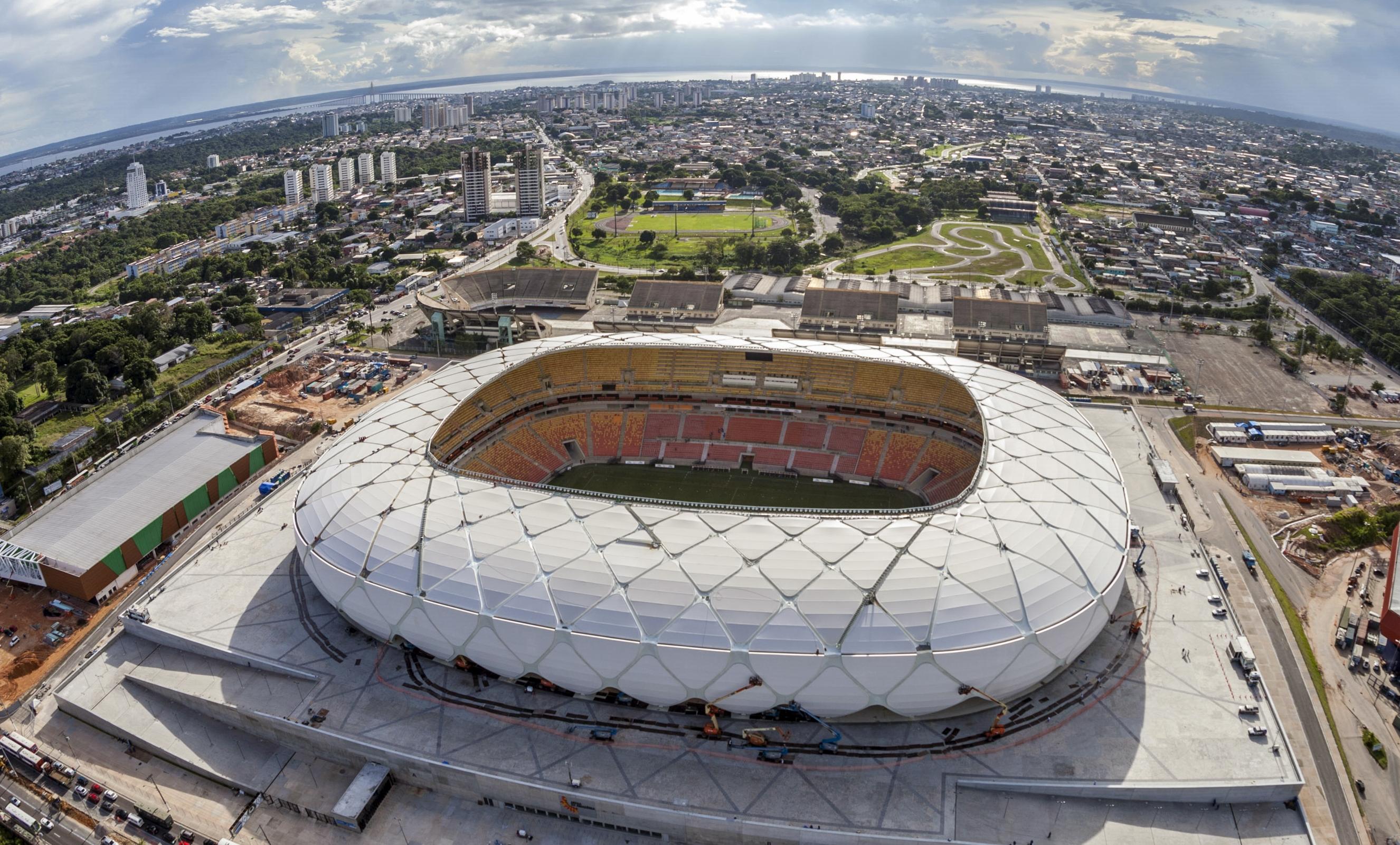
Deep in the Amazon Rainforest, the Arena da Amazônia was built for the 2014 FIFA World Cup, despite its isolated location and a lack of local teams to support it. Designed to look like woven baskets from Indigenous Brazilian culture, the stadium was an engineering marvel, with special cooling systems to combat the extreme heat. But after the World Cup ended, attendance plummeted, and the stadium has struggled to stay in use ever since. Maintaining it in the Amazon’s humid climate has been a nightmare, making it one of the most poorly planned stadiums in sports history. Opened: 2014 | Mostly Abandoned After World Cup
6. Kaohsiung World Games Stadium (Taiwan) – The Solar-Powered Dream
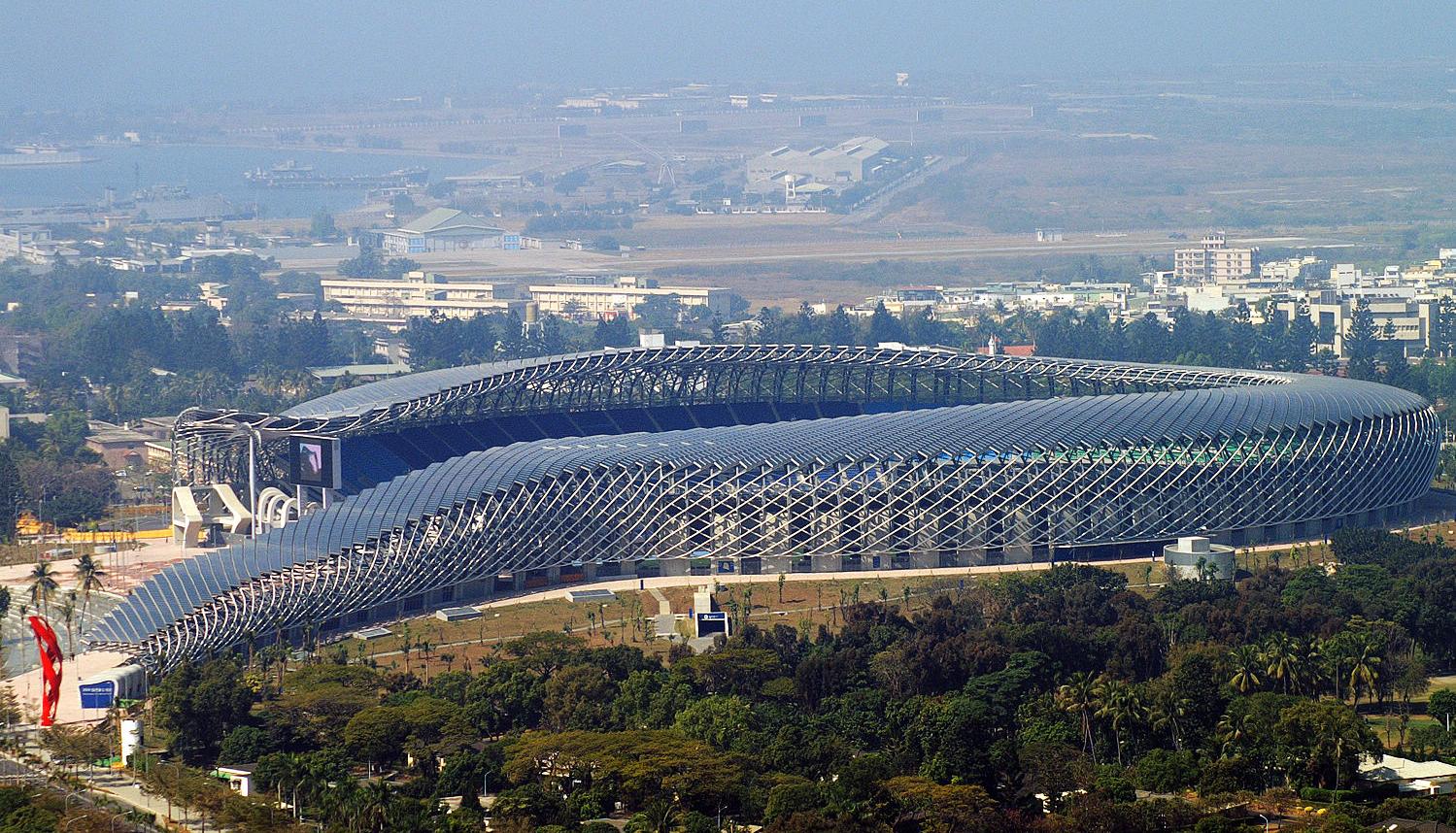
When it was unveiled for the 2009 World Games, Kaohsiung’s Dragon Stadium was a futuristic marvel, celebrated for its bold sustainability initiative. Designed by renowned Japanese architect Toyo Ito, its curved, dragon-like shape was not just visually striking—it was also functional. The stadium was one of the first in the world to be fully solar-powered, featuring an astounding 8,844 solar panels that could generate up to 1.14 million kilowatt-hours of electricity per year, enough to power 80% of the surrounding neighborhood. But after the 2009 World Games ended, no major teams stepped up to use the stadium regularly. Kaohsiung lacked a top-tier football club, and the stadium’s large scale and maintenance costs made it impractical for smaller events. Instead of hosting world-class matches or inspiring a new wave of sustainable stadiums, it mostly sits empty, occasionally used for concerts and smaller sporting events. Opened: 2009 | Rarely Used After 2009 Games
7. Donbass Arena (Ukraine) – A War-Torn Stadium
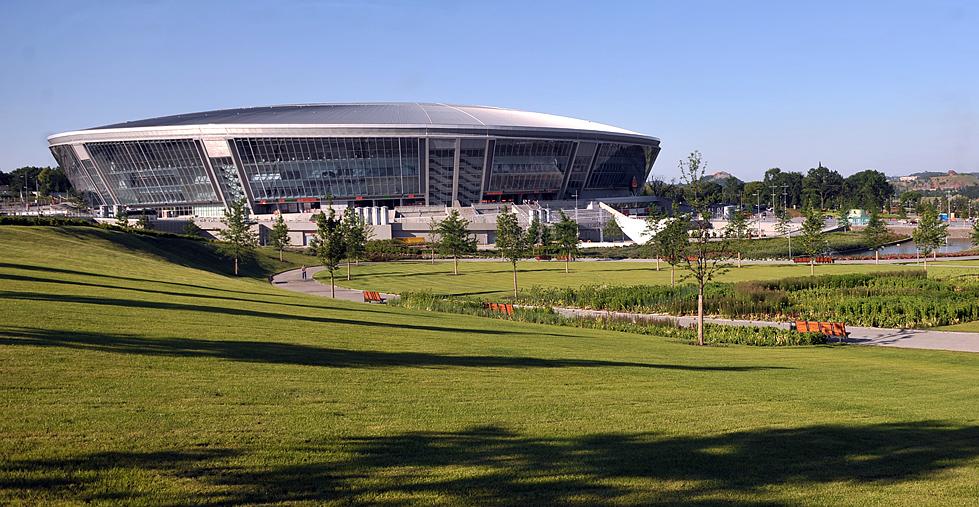
In the late 2000s, Ukraine had dreams of football greatness, and at the heart of those ambitions was the Donbass Arena, a $400 million ultra-modern stadium built to be the pride of Shakhtar Donetsk and a symbol of Ukraine’s growing sports infrastructure. It was one of the finest football stadiums in Eastern Europe, featuring a breathtaking glass facade, 5-star FIFA certification, and cutting-edge pitch technology to maintain perfect playing conditions year-round. Hosting matches for UEFA competitions and the 2012 European Championship, the Donbass Arena seemed destined to be a lasting powerhouse of European football. But everything changed in 2014 when the conflict in Eastern Ukraine escalated. As war broke out, shelling and gunfire in Donetsk damaged the stadium, forcing Shakhtar Donetsk to flee their home city. The club has not played in the stadium since, instead relocating to temporary venues in Lviv, Kharkiv, and Kyiv. The Donbass Arena now sits in a war zone, partially destroyed, its once-vibrant stands empty and silent. What was meant to be a landmark of Ukrainian sport has become a symbol of loss and devastation, with no clear path to its revival. Opened: 2009 | Abandoned Due to War: 2014
8. Stadion Evzena Rosického (Czech Republic) – A Stadium Stuck in the Past
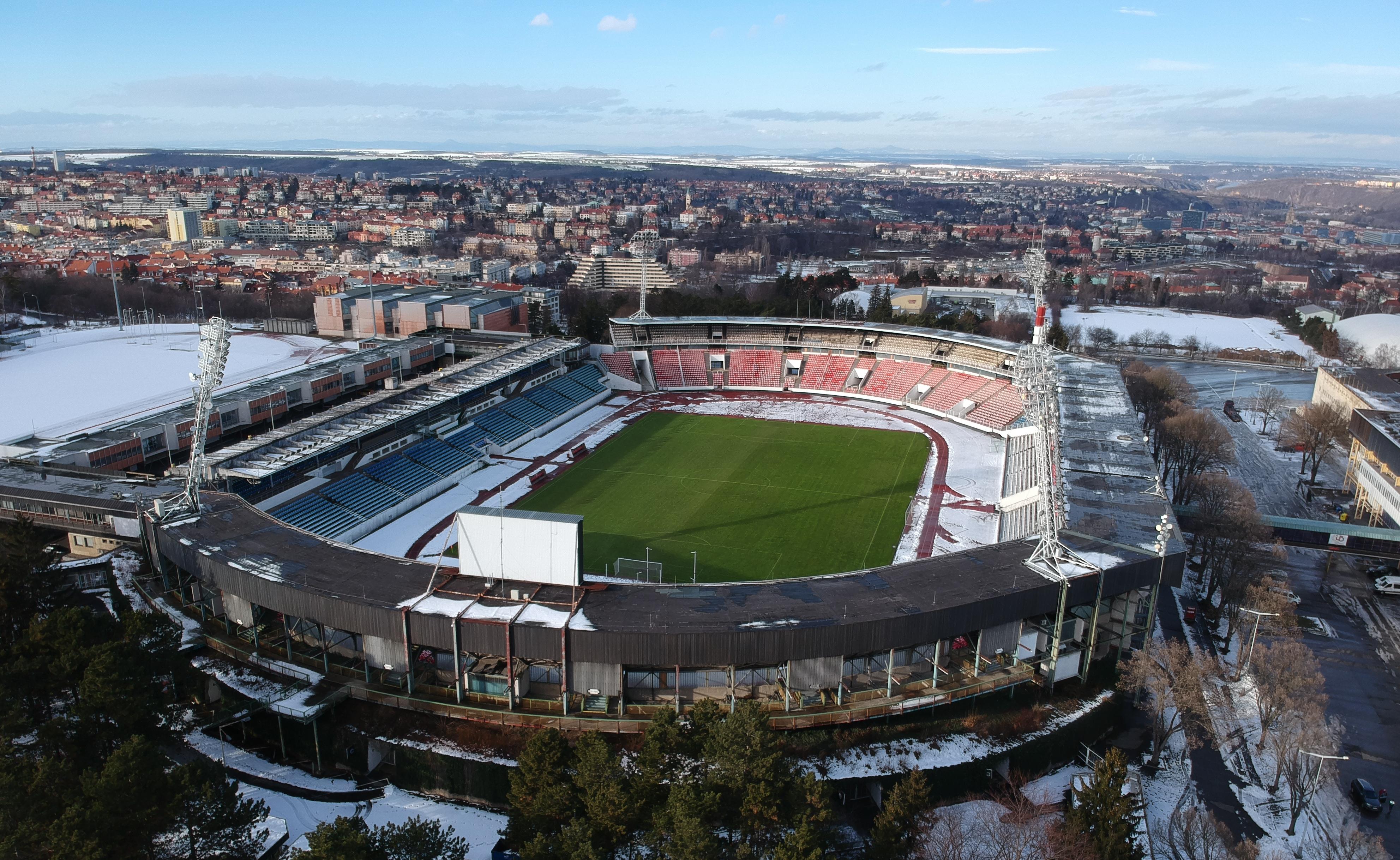
Once envisioned as a grand home for Czech football, Stadion Evzena Rosického was built during a time when Czechoslovakia was one of Europe’s rising football powers. The stadium was used for major national team matches, domestic cup finals, and was even the temporary home of the Czech national team after the fall of communism. However, as newer, more modern stadiums emerged in Prague, the Rosického Stadium gradually fell into disuse. The stadium lacked renovations, modern amenities, and sufficient investment, making it obsolete by today’s standards. By the late 1990s, it was primarily being used for lower-division matches and youth tournaments. Now, it stands as a crumbling relic—too big for small teams, too outdated for major ones. Occasionally, it hosts minor international matches, but for the most part, it has been left behind, a forgotten piece of Czech football history that has outlived its usefulness. Opened: 1935 | Fell Into Decline in the 1990s
9. The Skydome (Canada) – The Future That Aged Too Quickly

When Toronto’s Skydome (now known as the Rogers Centre) opened in 1989, it was hailed as the stadium of the future. It was the first-ever stadium with a fully retractable roof, allowing baseball and football games to be played in any weather. The stadium’s hotel with field-facing rooms, high-tech scoreboard, and versatile design made it an engineering marvel. But just a decade later, the once-revolutionary stadium was already becoming outdated. Newer stadiums in the U.S. and Europe were designed with better sightlines, fan-friendly experiences, and advanced retractable roofs. Today, the Rogers Centre still functions, but it feels like a museum piece from the late 20th century, struggling to keep up with modern sports arenas that offer cutting-edge technology and luxury experiences. What was meant to be a vision of the future has instead become a relic of a past that came too soon. Opened: 1989
10. Valencia’s Nou Mestalla (Spain) – The Stadium That Never Opened
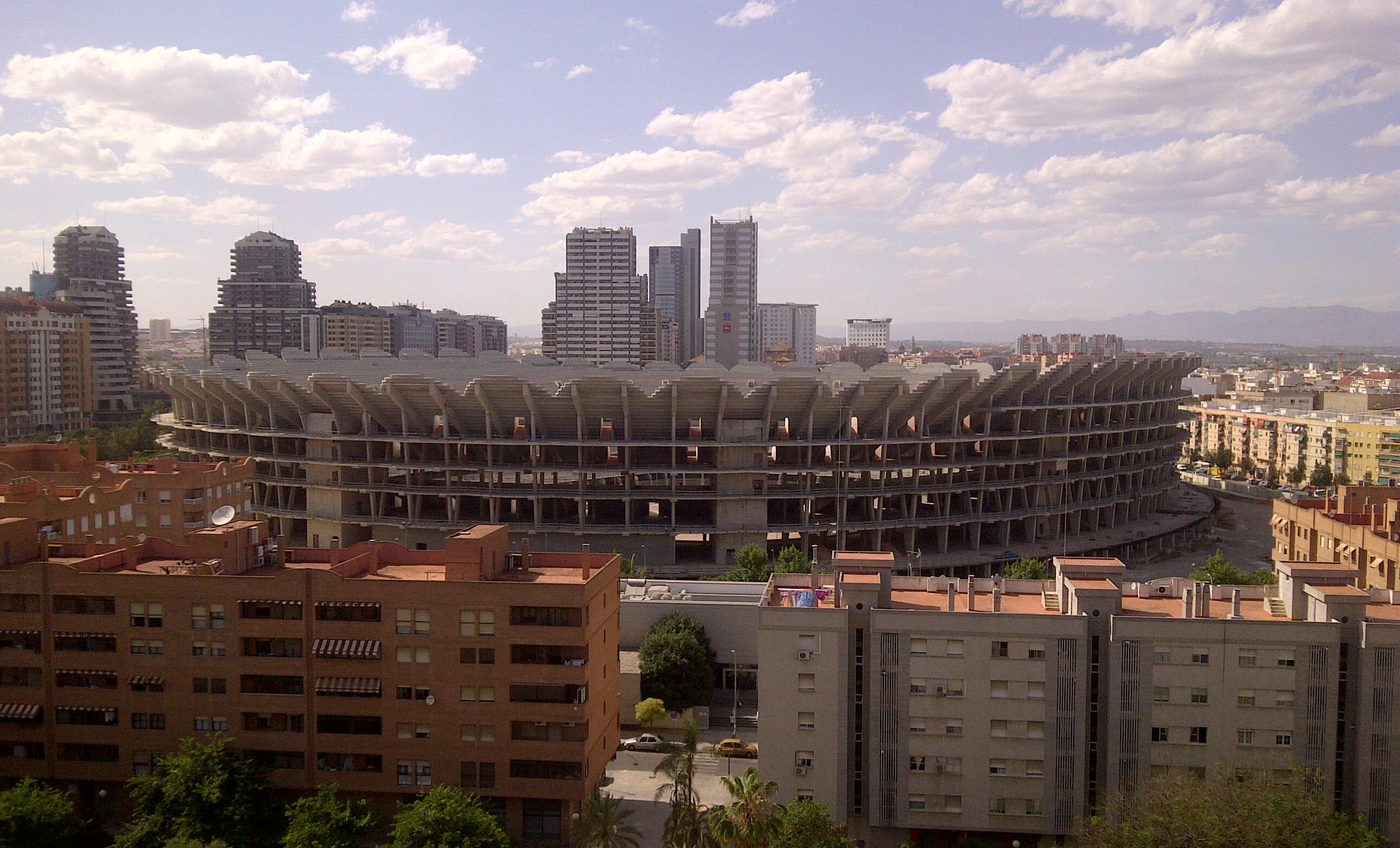
Imagine a $300 million stadium that was supposed to become one of Europe’s most iconic football venues—but never even opened its doors. That’s the bizarre fate of Nou Mestalla, a massive, unfinished football stadium in Valencia, Spain. Construction began in 2007, with the goal of replacing Valencia CF’s aging Mestalla stadium with a sleek, ultra-modern arena. However, due to financial struggles, the project was halted in 2009, leaving behind a concrete shell with no roof, no seats, and no timeline for completion. For over a decade, the Nou Mestalla has remained a lifeless construction site, occasionally revived by false promises of completion, only for work to stall again. To this day, it is a $300 million graveyard of abandoned ambition. Construction Started: 2007 | Still Unfinished
11. The Beijing Bird’s Nest (China) – The Olympic Ghost
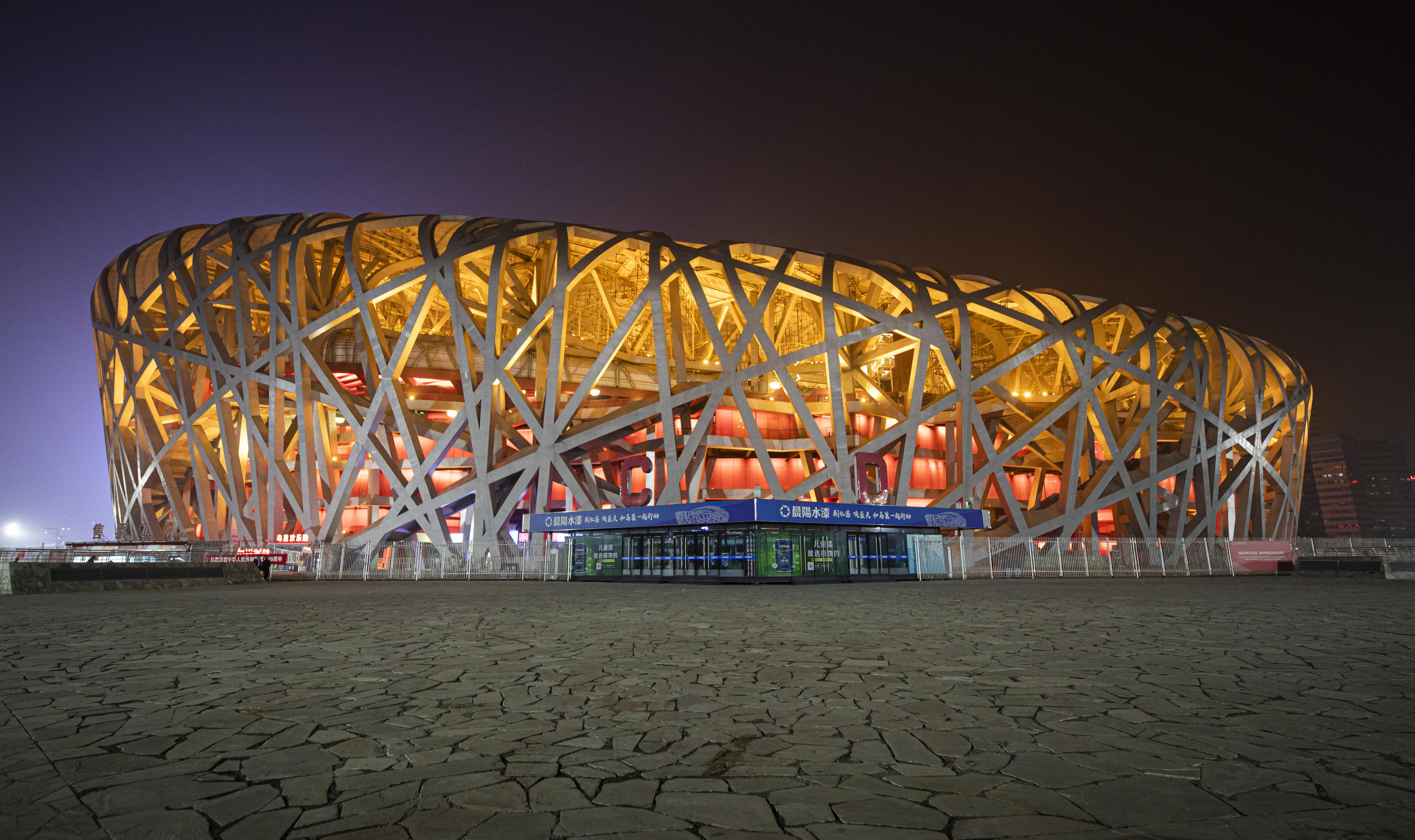
Built for the 2008 Summer Olympics, the Beijing National Stadium, known as the Bird’s Nest, was designed to be one of the most spectacular stadiums ever built. Its intricate, steel-webbed exterior gave it an iconic look, and its opening ceremony was watched by billions around the world. But once the Olympics ended, the stadium struggled to find long-term use. With no permanent tenants, it became more of a tourist attraction than an active sports venue. It remains rarely used, except for occasional events and exhibitions, despite its $428 million price tag. Opened: 2008
12. Cape Town Stadium (South Africa) – A World Cup Relic
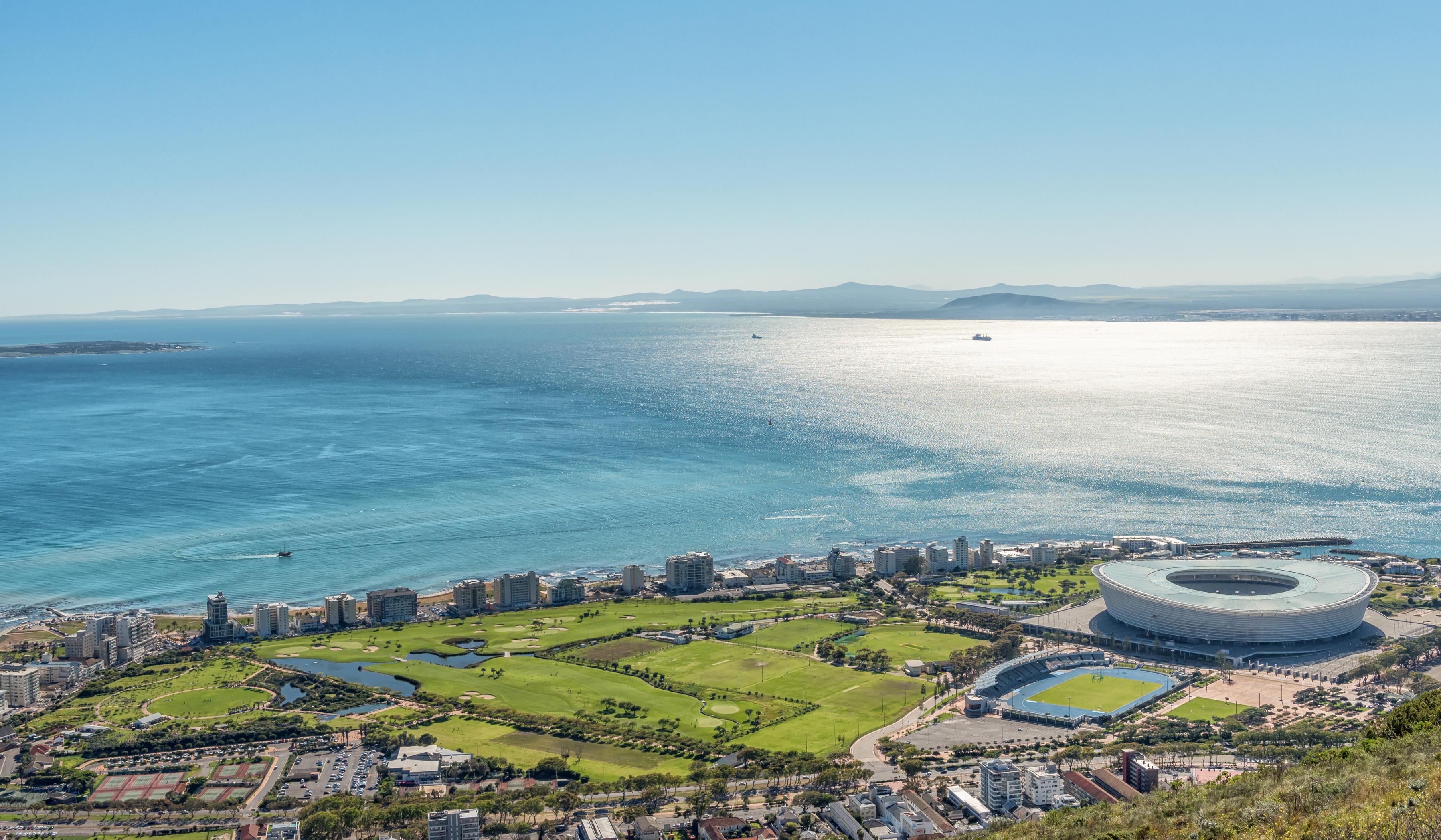
Built for the 2010 FIFA World Cup, Cape Town Stadium was one of South Africa’s grandest stadiums, designed to be a centerpiece for football and rugby. But after the World Cup ended, it became too expensive to maintain, and with no major local clubs to fill it, it has been mostly left empty. Despite its stunning coastal location and modern design, Cape Town Stadium is another example of a venue built for a single event that never found a sustainable future. Opened: 2010
13. The Haunting Ruins of Ivanovo Stadium (Bulgaria) – A Soviet Dream Left to Crumble
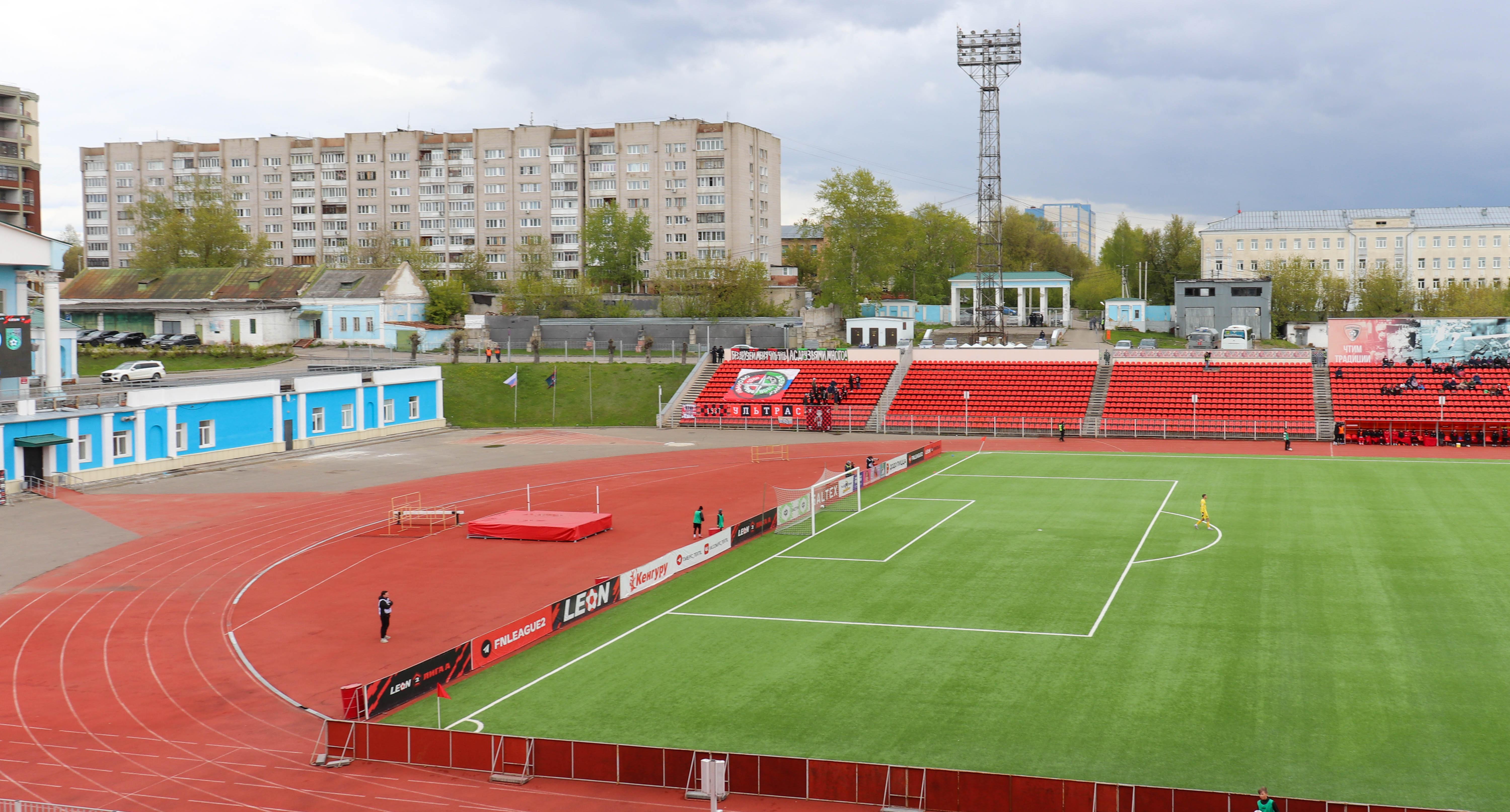
Deep in rural Bulgaria, the abandoned Ivanovo Stadium is a relic of Soviet-era sports ambition that was never fully realized. Built in the 1970s as part of a grand plan to bring world-class football to the region, the stadium was intended to be a modern hub for Eastern European football, complete with an Olympic-size running track, towering stands, and state-of-the-art facilities (for the time). But economic struggles, political shifts, and lack of investment left it unfinished and forgotten.The stadium was briefly used for lower-league football, but as funding dried up, maintenance became impossible. The stands were left to crack and decay, the pitch was overgrown, and locals began using it as a dumping ground for debris and scrap metal. Today, graffiti-covered walls, rusting goalposts, and shattered concrete tell the story of a dream that never fully materialized. What was meant to be a thriving sports venue instead became a crumbling, post-Soviet ghost stadium, where echoes of the past linger in the silence. Opened: 1970s (Partially) | Abandoned: 1990s | Now: Ruins, Occasionally Explored by Urban Adventurers
14. Estadio Insular (Spain) – A Stadium Swallowed by Urban Expansion
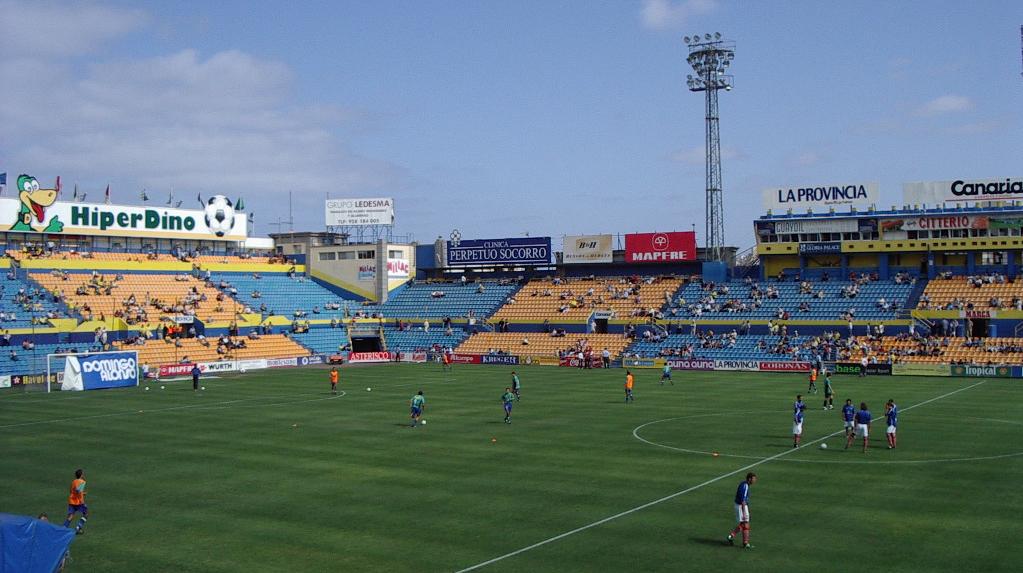
Located on the Spanish Canary Islands, Estadio Insular was once the beating heart of football for UD Las Palmas. Nestled within a densely populated area, it had a uniquely compact and intimate atmosphere, with fans just meters away from the pitch. But as urbanization increased, the stadium became a logistical nightmare—there was no room to expand, no parking, and limited accessibility. Eventually, the club moved to a larger, modern stadium in 2003, leaving the Insular to decay. Today, it has been partially demolished and replaced by public gardens and housing, erasing most traces of the passionate matches once played there. Opened: 1949 | Abandoned: 2003 | Demolished: 2014
15. The Rusting Olympic Village Stadium (Sarajevo, Bosnia) – A Stadium Scarred by War
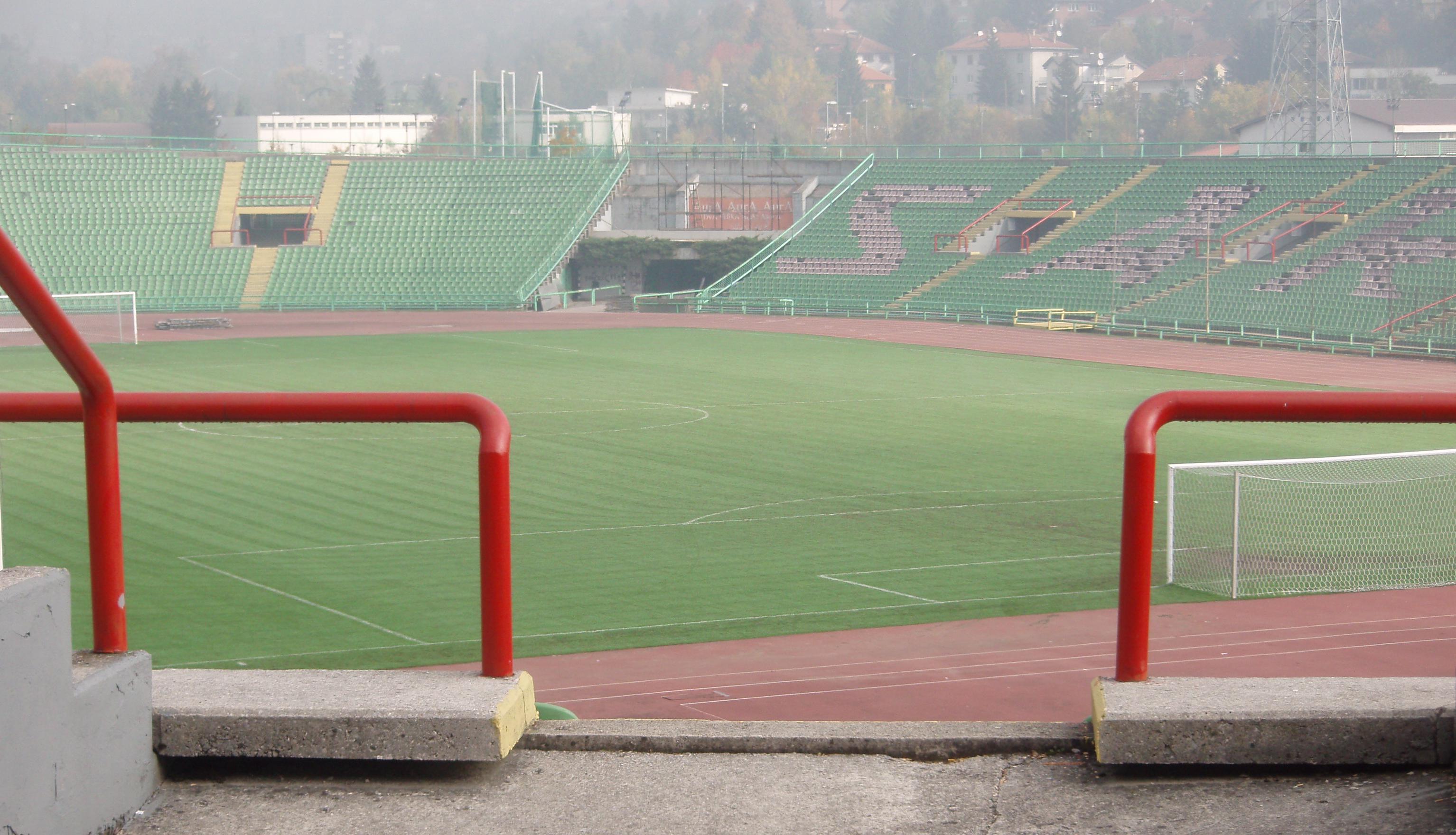
Built for the 1984 Winter Olympics, Sarajevo’s Kosevo Stadium and its surrounding sports venues were once a source of pride for Yugoslavia. But when war erupted in the 1990s, these venues were transformed into battlefields, artillery positions, and graveyards. The once-celebrated stadium suffered heavy bomb damage, its seating sections were ripped apart by explosions, and nature slowly overtook the ruins. While parts of the stadium were later restored, many sections still bear the scars of war, serving as a haunting reminder of what once was. Opened: 1947 | Destroyed: 1990s War | Partially Restored
16. Stade Olympique de Sousse (Tunisia) – A Deserted African Giant
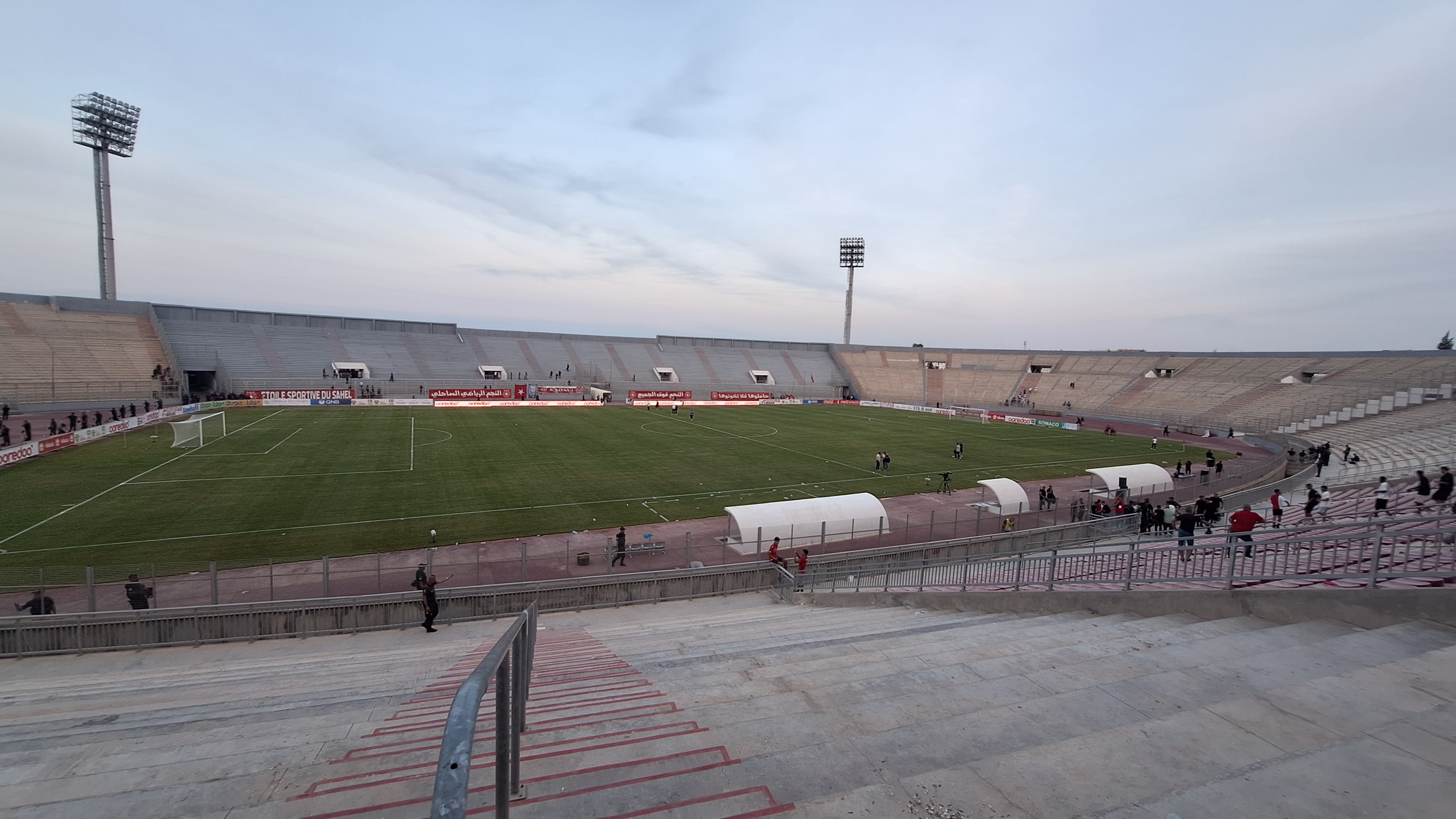
Designed to be one of Africa’s great stadiums, Stade Olympique de Sousse was built in Tunisia for continental football tournaments and major club matches. However, over the years, political instability, economic struggles, and lack of investment led to its neglect. Despite having a capacity of 40,000, the stadium rarely hosts games, and much of its infrastructure remains unfinished or crumbling. Today, it's a stadium with more history than future, a reminder that not all ambitious projects last. Opened: 1973 | Mostly Abandoned: 2010s
17. Estádio Vivaldão (Brazil) – The Forgotten Amazonian Arena
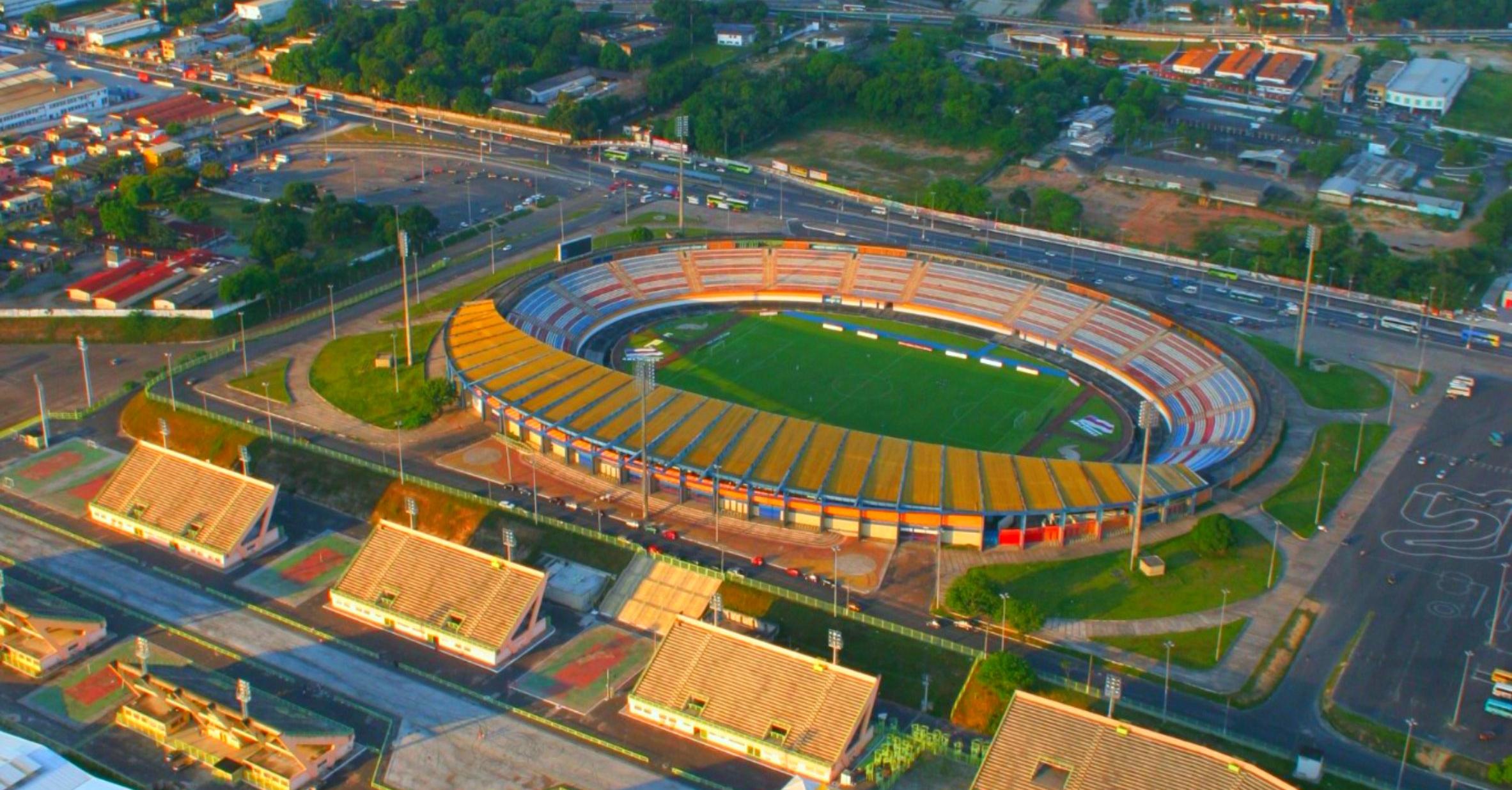
Before Arena da Amazônia, there was Estádio Vivaldão—a massive football stadium in the heart of the Amazon rainforest. Located in Manaus, it was originally built in the 1970s but quickly became outdated. The construction of Arena da Amazônia for the 2014 World Cup led to Vivaldão being abandoned, despite its long history of hosting local football matches. Today, it remains an overgrown, half-demolished ghost stadium, another victim of Brazil’s habit of replacing old stadiums rather than repurposing them. Opened: 1971 | Abandoned: 2010 | Demolished: 2011 (Partially)
18. The Floating Stadium of Marina Bay (Singapore) – The World’s Largest Floating Stadium That Faded Away
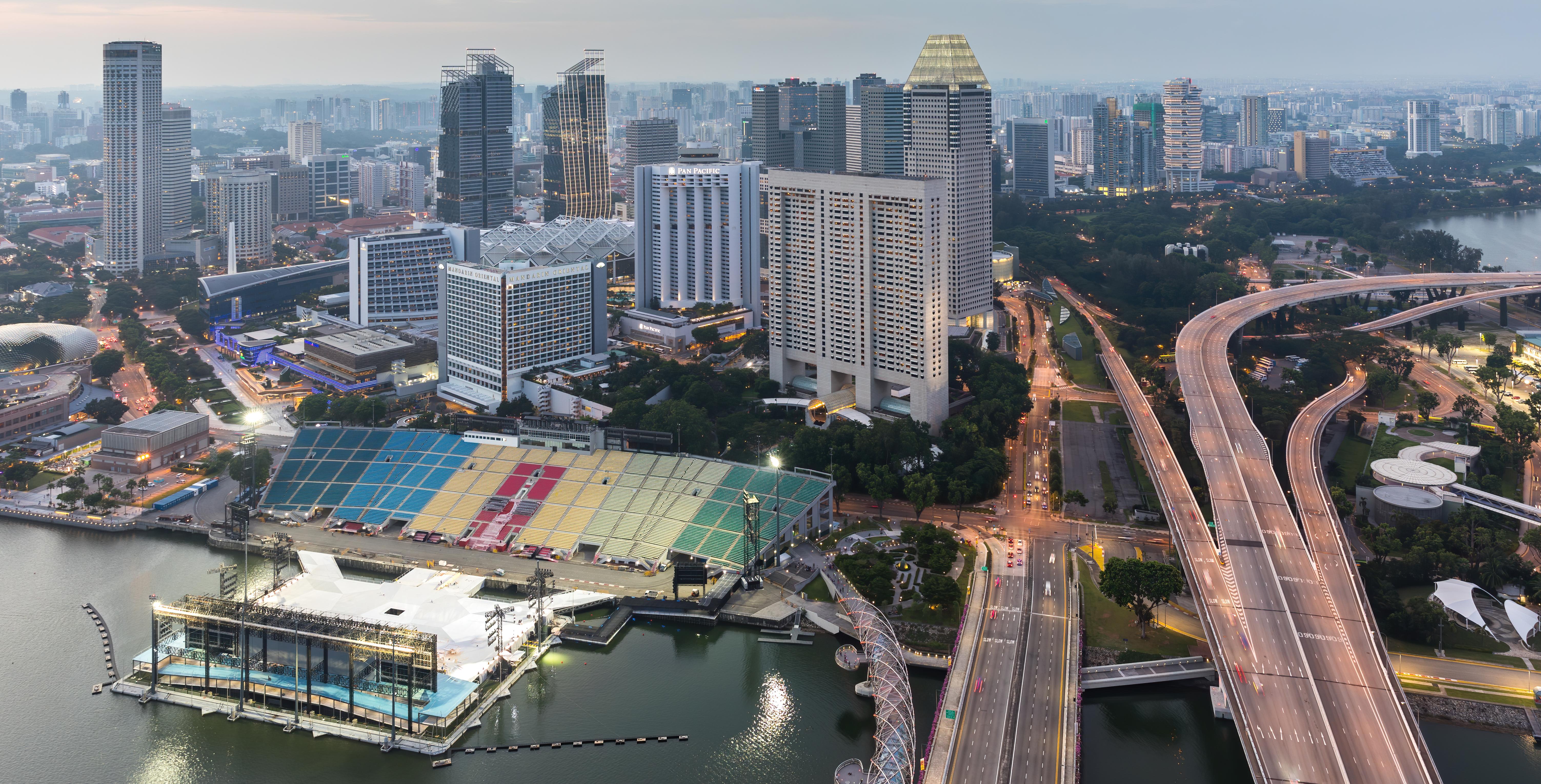
Singapore’s Marina Bay Floating Stadium was a breathtaking experimental sports venue, with a floating field on the water and stands on the shore. It was used for international football matches and the National Day Parade, but despite its innovative design, it was ultimately deemed impractical. Weather conditions, maintenance issues, and its inability to host high-intensity matches led to it being phased out. Today, it’s still visible, but its time as an active stadium has mostly come to an end. Opened: 2007 | Phased Out: 2020s
19. Skopje City Stadium (North Macedonia) – The Stadium Stuck in Limbo
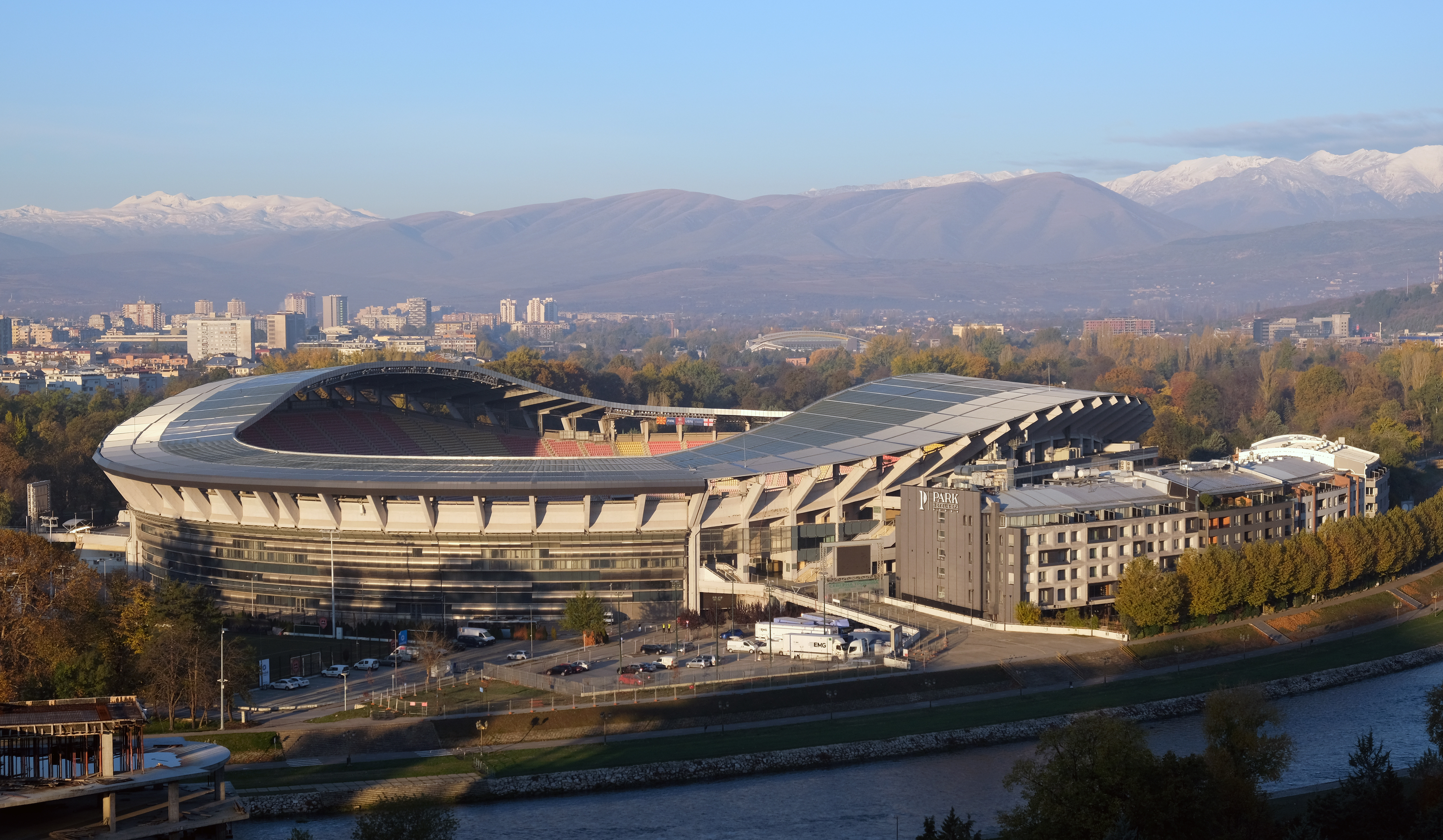
Built during Yugoslavia’s golden football era, Skopje City Stadium was once one of the largest venues in the Balkans. It hosted fierce derbies and international matches, but as the region fractured politically and economically, the stadium suffered from neglect. Plans to renovate it stalled for decades, leaving it in a strange limbo—too important to be demolished, but too outdated for modern sports. The stadium still technically exists, but it rarely sees action, and large parts of it are crumbling. Opened: 1947 | Mostly Unused: 2010s–Present
20. Mikuni World Stadium (Japan) – A Modern Stadium Without a Purpose
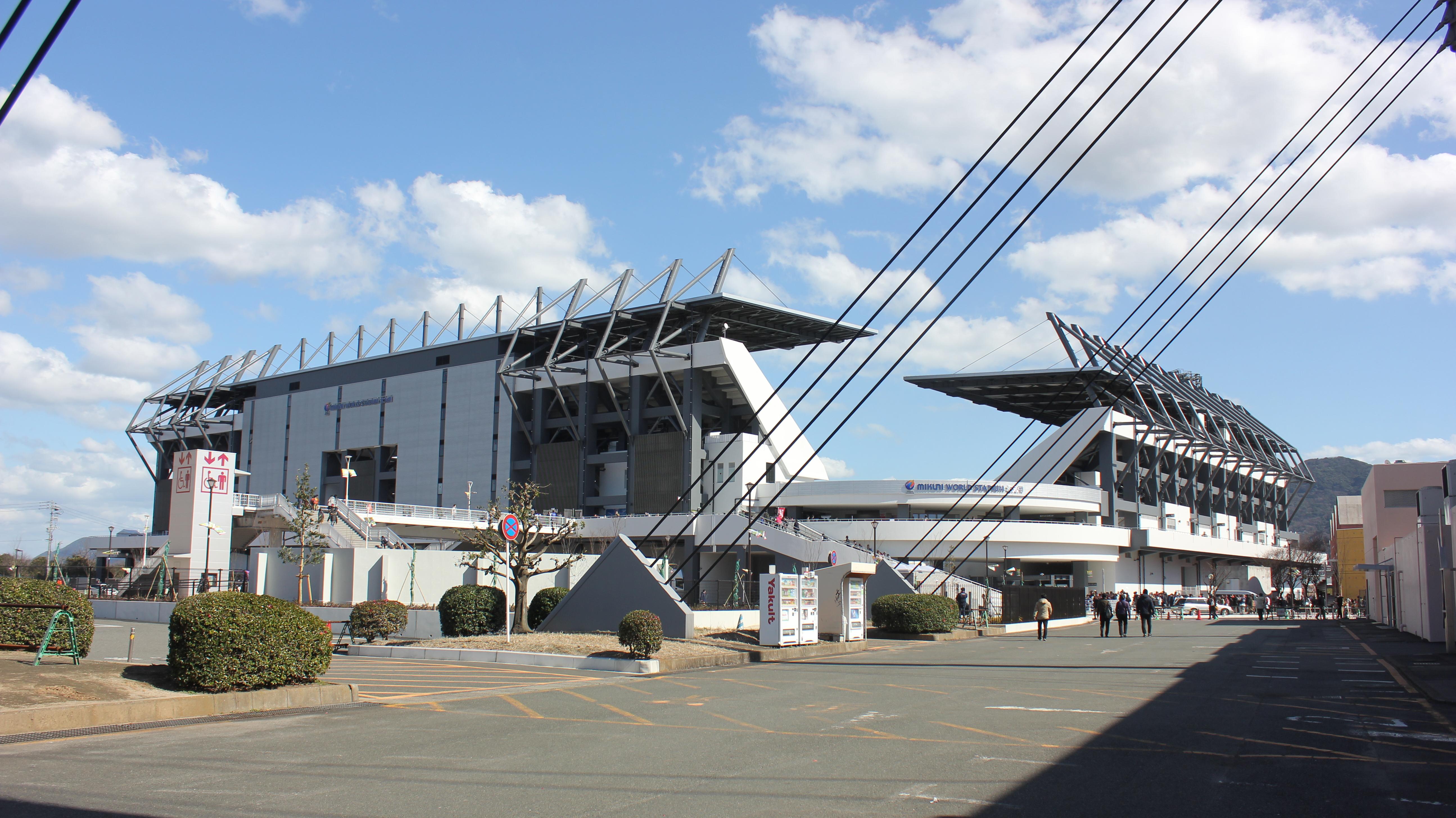
One of Japan’s most scenic stadiums, Mikuni World Stadium was designed with breathtaking views of the sea, a modern, sleek design, and a retractable roof. It was supposed to be the next great venue for Japanese club football, but despite its impressive features, it never found a permanent home team. The lack of a local club left the stadium in semi-abandonment, with only occasional friendly matches and rugby games being played here. It remains a state-of-the-art stadium looking for a reason to exist. Opened: 2017 | Rarely Used
21. Estadio Municipal de Braga (Portugal) – A Stadium Carved into a Mountain, Yet Almost Empty
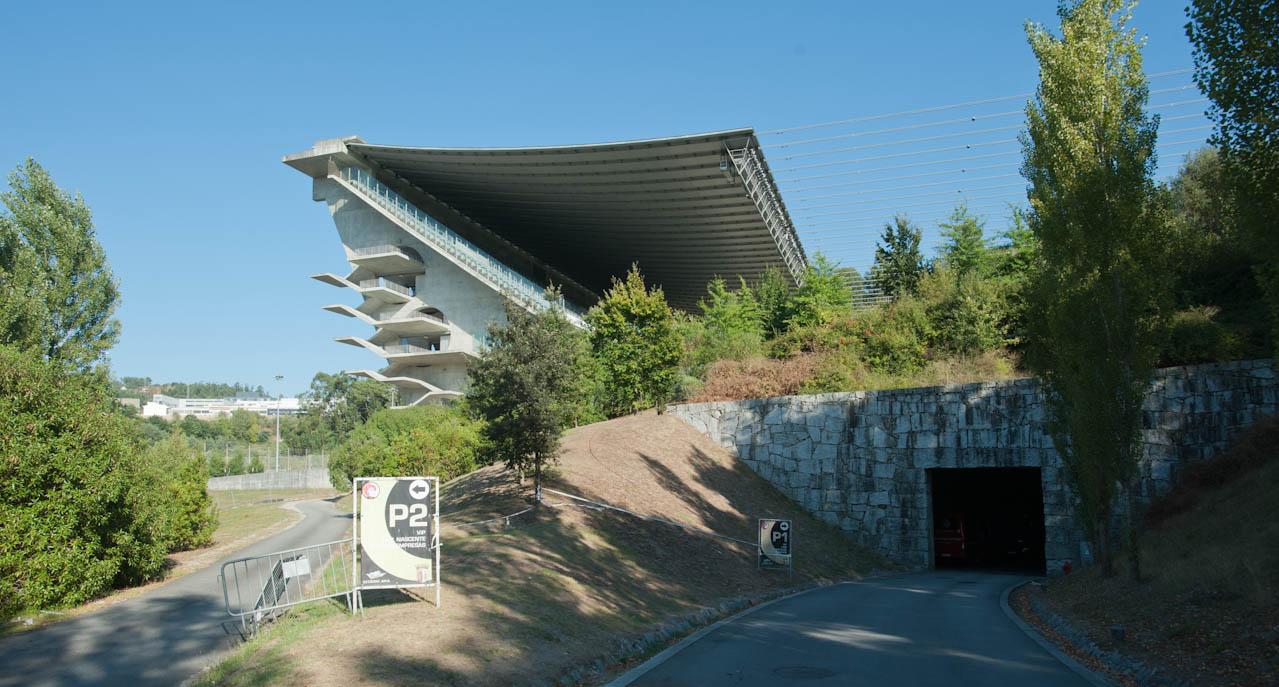
Built into the side of a granite mountain, Estadio Municipal de Braga is one of the most visually stunning stadiums in the world. With a single grandstand and an open back overlooking a valley, its bold, minimalistic design won architectural awards. But there was a problem—it was too expensive for a small club like Braga to maintain. The cost of upkeep, combined with the fact that it has only one stand, meant it was never truly sustainable. Despite its striking design, the stadium remains underused and mostly empty outside of Braga’s occasional home matches. Opened: 2003 | Underused Since: 2005
22. Estadio Nacional Julio Martínez Prádanos (Chile) – A Stadium With a Dark Past
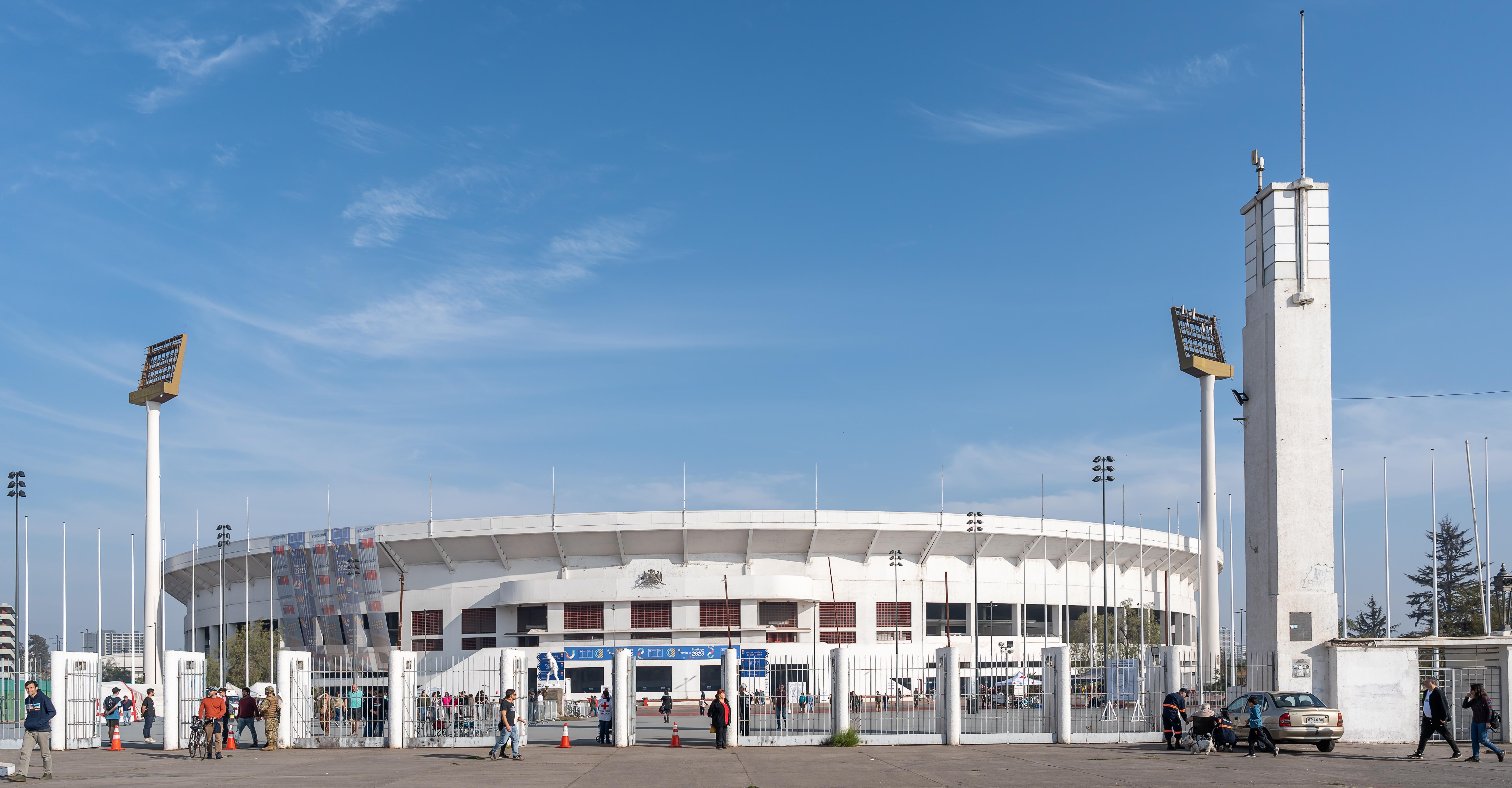
Santiago’s Estadio Nacional is famous for hosting international football matches, but it also carries a haunting history. During Chile’s 1973 military coup, the stadium was turned into a detention center, where thousands of political prisoners were held, tortured, or executed. Today, the stadium still stands, but its legacy is forever tied to that dark chapter in history. While it remains in use, parts of it have been left as a memorial, a chilling reminder of its past. Opened: 1938 | Partially Abandoned Sections
A Future That Never Came
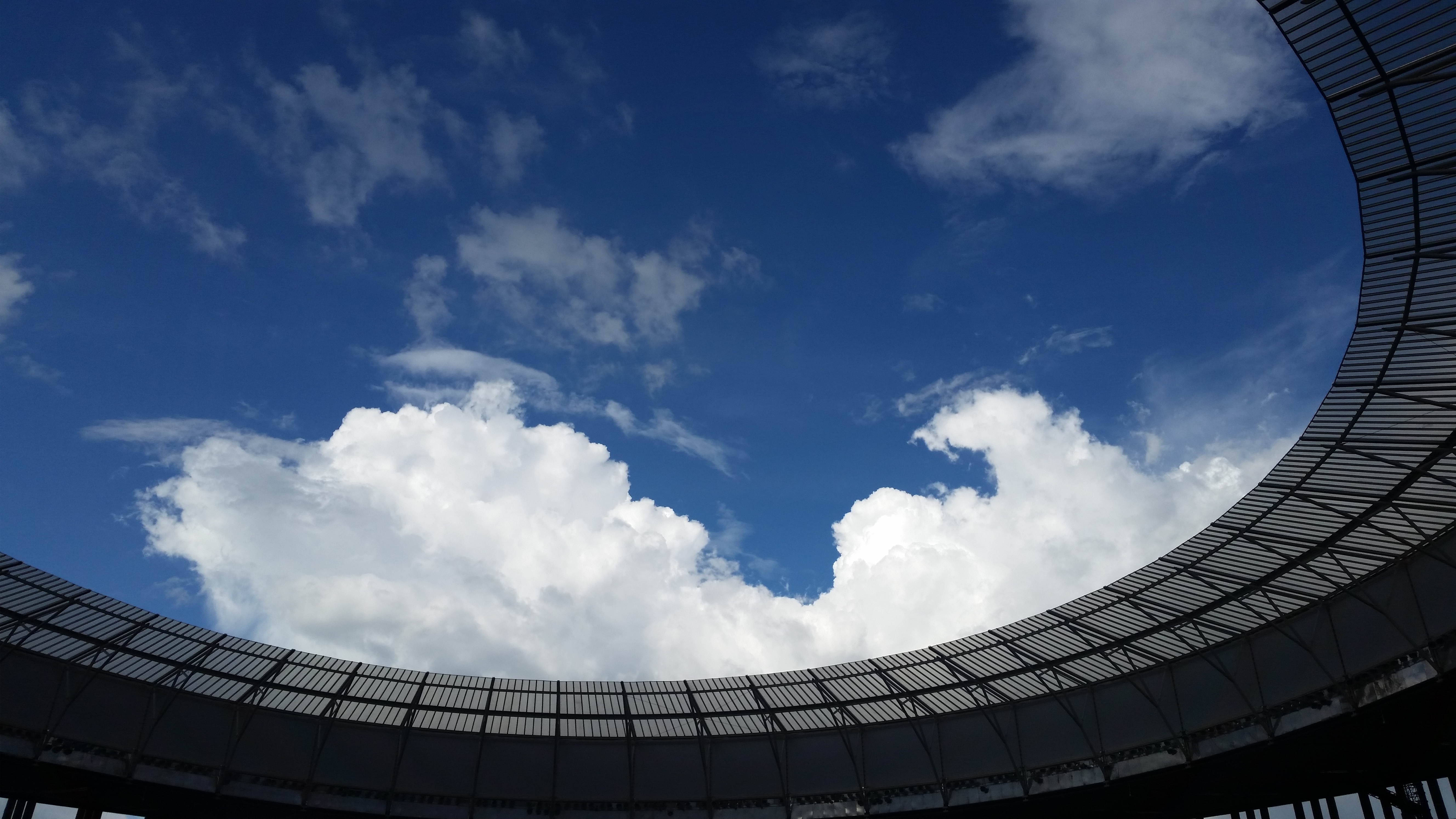
Each of these stadiums was built with grand visions in mind—a future of roaring crowds, legendary matches, and unforgettable moments. But instead of becoming icons of the sports world, they stand as monuments to lost ambition, where the echoes of what could have been linger in the silence. Some were abandoned due to war, others outpaced by technology, and a few never even opened their doors. These structures remind us that even the boldest dreams can crumble, that progress isn’t always linear, and that sometimes, the future arrives too late—or not at all. Yet, in their eerie stillness, they tell stories—of economic booms and busts, fleeting moments of glory, and the risks of dreaming too big. Whether they remain crumbling relics or find new purpose, they are more than just empty stadiums—they are symbols of human ambition, and its unpredictable fate.


